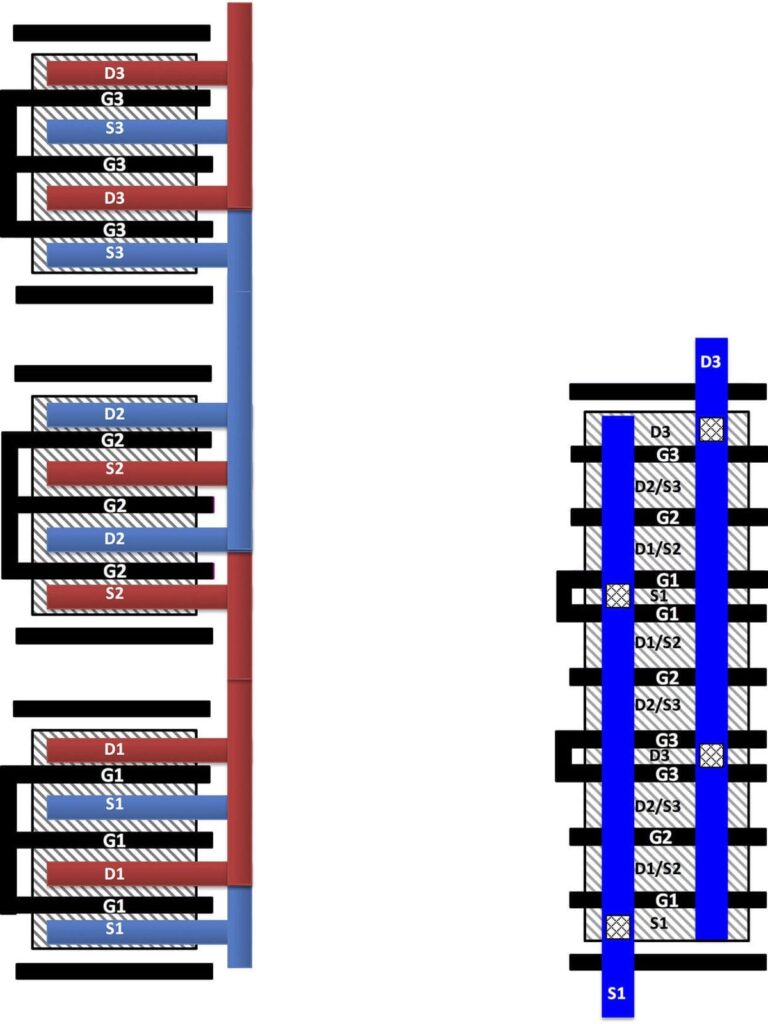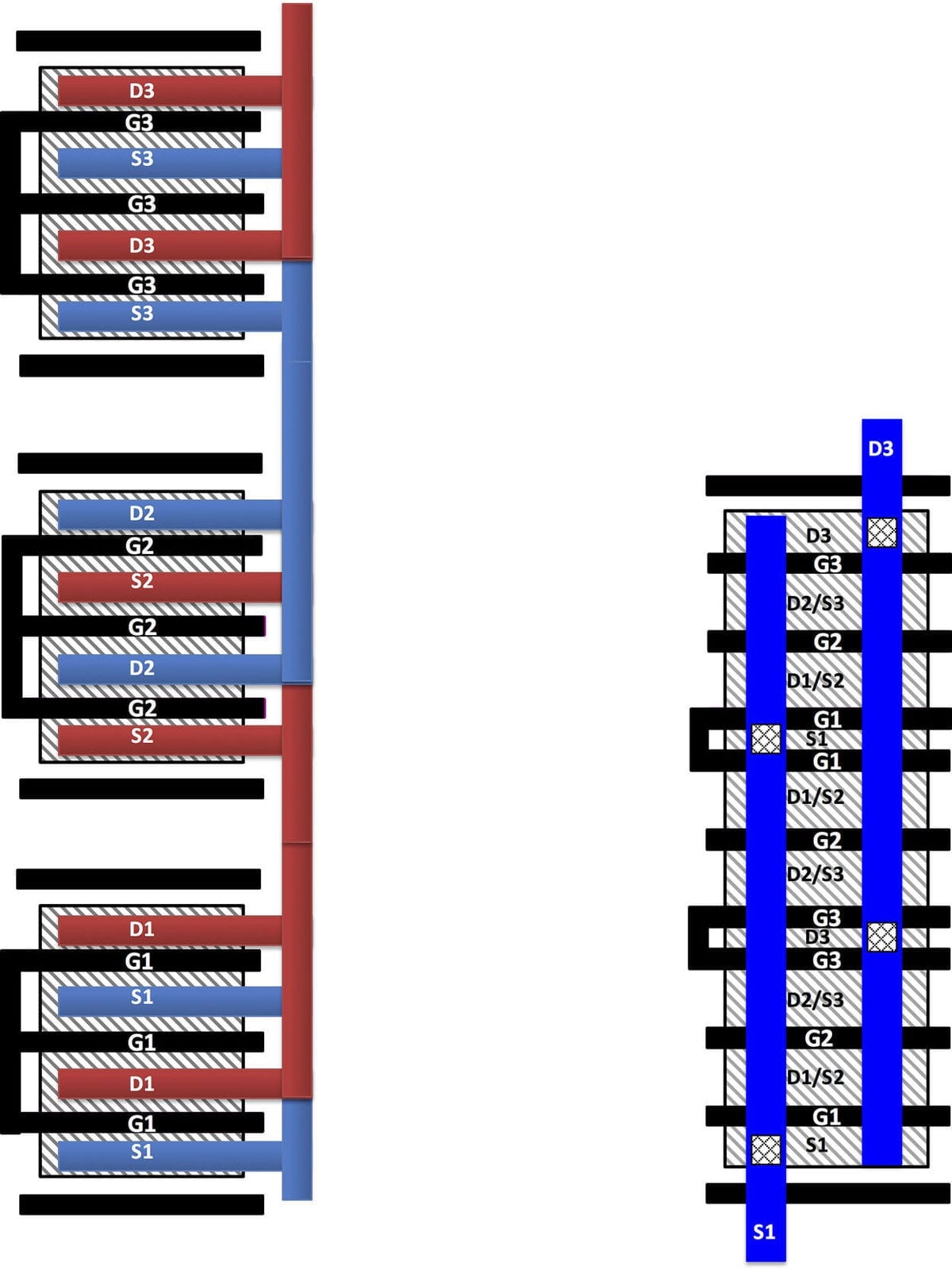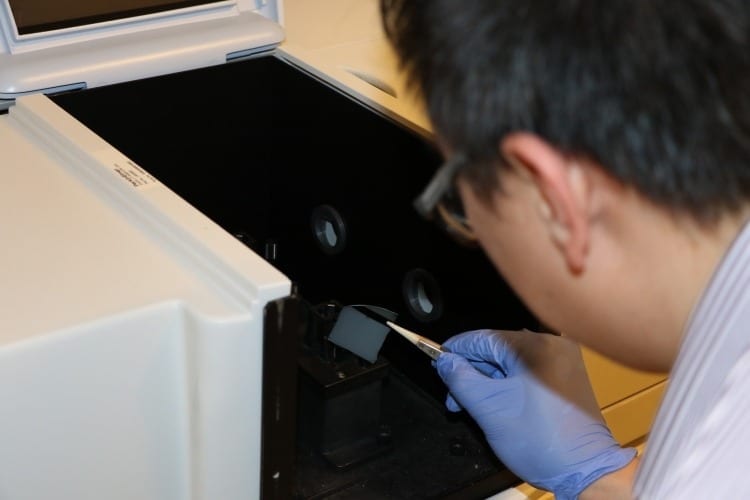
Thanks to a breakthrough by Purdue researchers, 5G cell phones may be hitting shelves in the near future.
Saeed Mohammadi, an associate professor of Electrical and Computer Engineering at Purdue, is leading a team of doctoral students that recently published their research. What he and his team have done is, for the first time, create power amplifiers (components commonly used in cell phones) using silicon technology that are efficient enough to be suitable for 5G cell phones.
Compared to the 4G standard, 5G will require more bandwidth and faster processing, which naturally requires more power. Achieving more power while keeping the components small used to be considered too difficult a task for current silicon technology, so the phone industry turned to expensive gallium arsenide, the material that makes up power amplifiers in 4G cell phones. Purdue researchers, however, found that silicon components can indeed reach the required power when put together correctly.
Mohammadi said that his research will allow smaller components to be created. He used the analogy of television, describing how old box TVs used to be large because of the scattered parts inside of it. Modern TVs are smaller because everything inside is a single package, much like an integrated circuit.
The implications of this research are hard to say for certain, as explained by Mohammadi and one of his doctoral students, Yingheng Tang.
Both said that the application of their research is limited by the direction of big companies such as Samsung, Apple, Google and Qualcomm. Many of those companies are focusing on integrating wireless internet into everyday devices such as clothes and appliances. To achieve the data transfer rate required for such connectivity, power amplifiers that can operate at high frequencies are required. Other uses for this research include microsatellites that can be used to replace cell phone towers or collision avoidance radar for cars.
Tang and the other doctoral students have been talking to industry professionals about the possible applications of Purdue’s research, though many companies are reluctant to share what they’re working on.
“It’s hard,” he said. “None of the companies want to tell us what they’re working on, so we can’t tailor the research to what they need. Only Qualcomm told us that our research will have great use in 5G technologies.”
As is often the case when it comes to the origin of commercial products, the Purdue team’s research began as part of a military program.
“It started, I guess, back in 2009,” Mohammadi said. “At the time, the Defense Advanced Research Projects Agency had this program, this idea that asked whether or not it would be possible to make silicon transmitter integrated circuits. We were selected as one of the teams to compete and we tried different approaches. Eventually, one of the approaches we came across started to work. However, efficiency was very low. So, a couple of my doctoral students actually looked into why that was the case.”
Purdue’s team competed against a team from the Massachusetts Institute of Technology, a team from Columbia, a team from the University of California — San Diego and even a number of defense contractors. Mohammadi said that all of the teams demonstrated excellent silicon circuits that could output high power, but none of them could show efficiencies above 30 percent. Only Purdue reached the benchmark.
Learn more: Purdue research could lead to faster cell phone technology
The Latest on: 5G
[google_news title=”” keyword=”5G” num_posts=”10″ blurb_length=”0″ show_thumb=”left”]
via Google News
The Latest on: 5G
- C-DOT and IIT-Jodhpur sign 5G partnership, to build systems using AIon April 27, 2024 at 12:39 pm
C-DOT and IIT-J signed an agreement for AI-based 5G network management under TTDF, aiming to impact transportation, smart cities, and future 6G standa
- Unlocking the Potential of 5G-Powered Advertisingon April 26, 2024 at 9:41 am
Advertisers are constantly seeking innovative ways to reach their target audience effectively. With the advent of 5G technology, a new era of advertising opportunities has emerged. In this article, we’ll explore the transformative power of 5G-powered advertising and how it’s reshaping the marketing industry.
via Bing News











